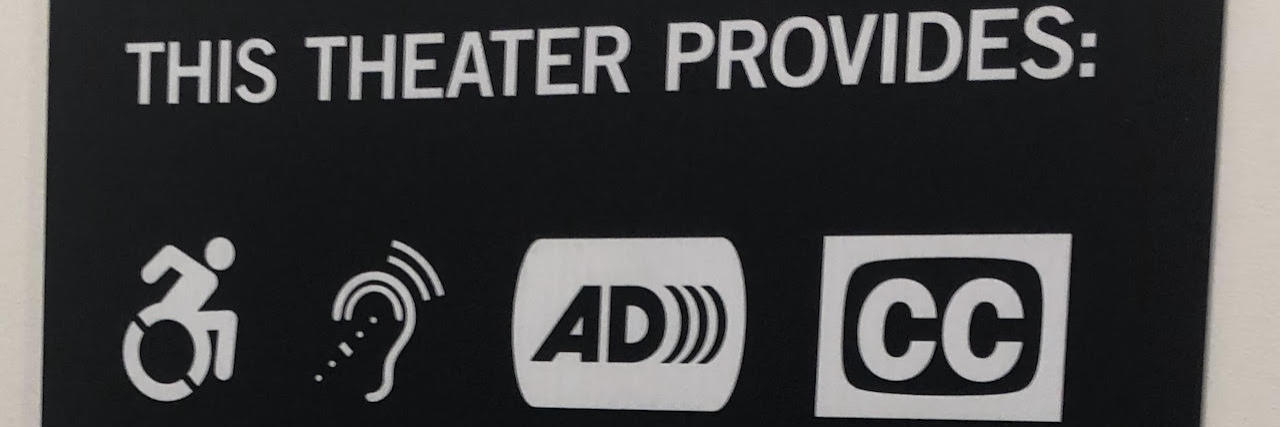Within the rollercoaster ride that is the Sundance Film Festival, this year’s festival had one clear takeaway: Sundance is taking diversity seriously and crafting a change in our society. The entire film industry and beyond is engaged in the cultural conversation concerning equality and inclusion. Often, efforts made by organizations can be superficial and merely symbolic, but the change felt at Sundance was present, powerful and real. Glancing through the 2019 Sundance program, the distinct emphasis on diversity shined through.
Beyond the panels and films that were colorful and diverse, it was enough to see the population in Park City and feel the difference. The once predominantly white and male festival, which felt like a reflection of the snow-capped mountains surrounding the historic Main Street, felt more akin to the colors and diversity of Queens, NY. This was not only the result of the festival’s efforts in their film selections and panels to better reflect the actual population, but also their top-to-bottom approach to creating change.
As the foremost launching pad for independent filmmakers in the United States, Sundance helps shape the images and stories brought to the world. Sundance has kicked off the careers of many top filmmakers: most notably, Quentin Tarantino, Steven Soderbergh and many more. The cry for parity in the film business has been elevated for a few years now — ranging from the #OscarsSoWhite campaign or the well-documented disparity between men and women’s salaries, to the women of Hollywood launching the #MeToo movement. This year Sundance took a stand. Instead of merely talking a good talk, the festival put their beliefs into action.
Sundance went as far as making attempts to diversify the press coverage for the festival, offering grants to minority populations from the press. The press team for the festival understood the importance of reaching a more diverse audience via media coverage and opinions that are not led predominantly by white men. If Sundance believes in presenting other voices, they realized they could not do it in a vacuum.
The festival has always been a nexus for social change and this is reflected in their film selections, often hyper-political and highlighting social causes. I have attended the festival for close to 10 years and the atmosphere at the festival this year was profoundly different. Sundance took further steps to keep the diverse representations on the screen as authentic as possible. This year, the festival placed more emphasis on an often-forgotten minority: people with disabilities. They selected a number of profound films — I counted at least eight films including disability-related themes. This is far from our 20 percent representation in society, but more than we normally get to see. Sundance even made attempts to make theaters more accessible.
Park City and Sundance’s intense environment can be tough and unwelcoming for some people with disabilities. Having all screenings offer physical accessibility is a step in the right direction, but far from accomplishing the mission. The screening spaces might have offered technologically-based accessible aids, but most of the films did not have captions or audio description available to share through their systems.
Beyond the diverse selection of films with authentic representation, the conversations and panels highlighted themes of diversity, inclusion and parity — some might say to a point of overkill. Hopefully, the 2019 festival was a turning point and we will reach a point of equality and authenticity where inclusion is the norm and doesn’t need to be highlighted.
For now, Sundance is kick-starting a revolution. Change is something that is easy to invoke and agree on, but its actual implementation is far less straightforward. Hopefully, this will lead to other festivals and film programs upping their game with inclusion of more diverse filmmakers. This might further lead to new audiences seeing more authentic representation, with more relevant images having a tangible impact on our society. But it’s not enough to impact the independent film and festival world: this must all trickle up and impact Hollywood too. And more importantly, we need brave organizations outside the film world — like Sundance — to take these profound steps towards inclusion. For now, the revolution is just beginning.

